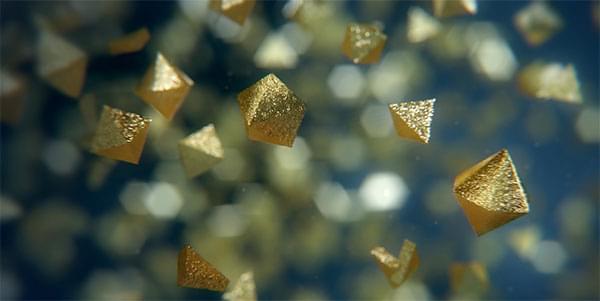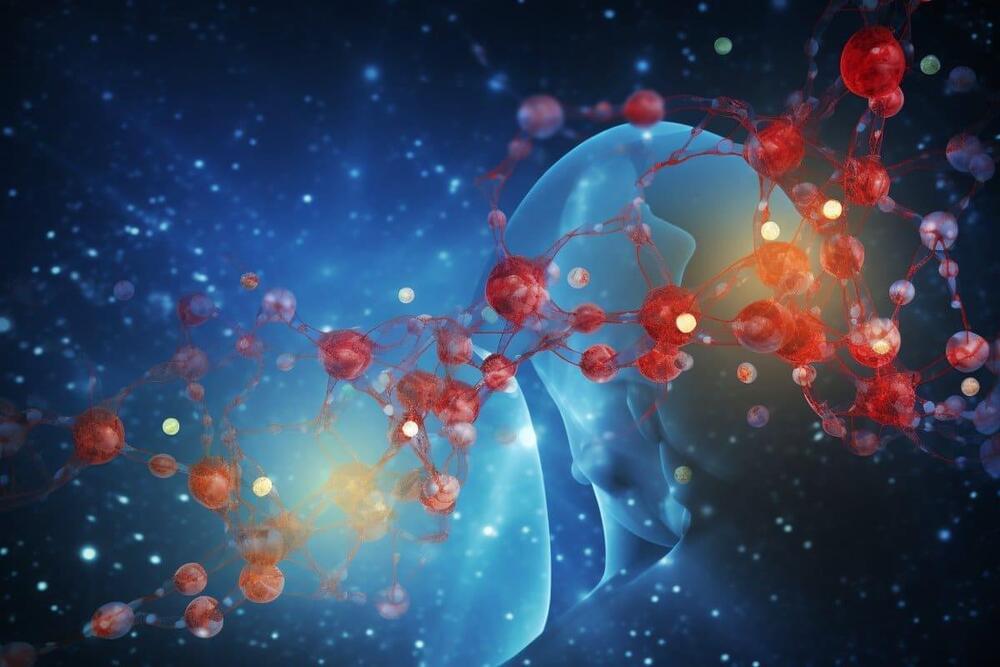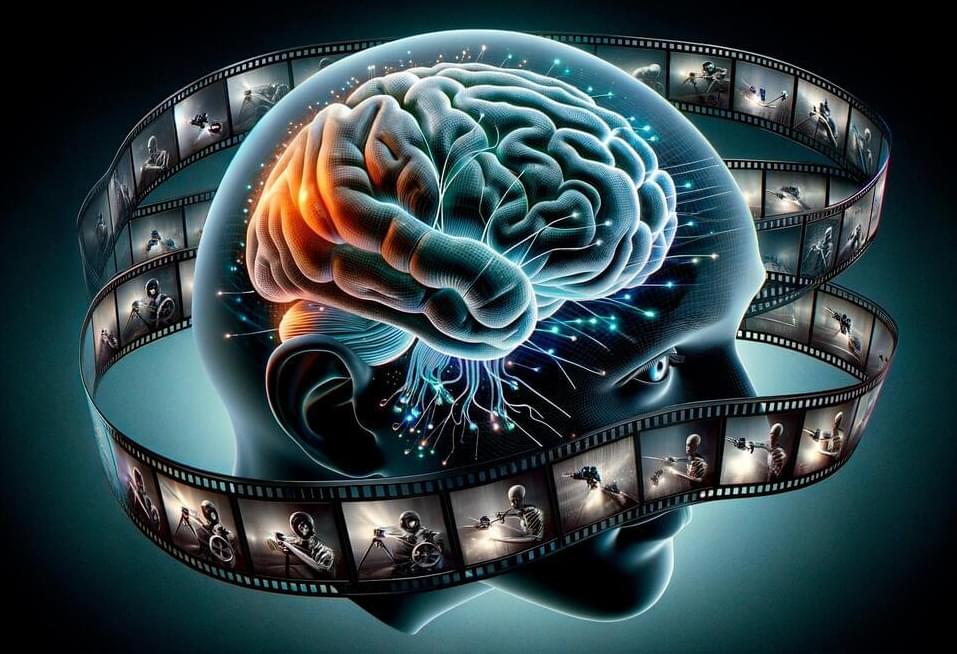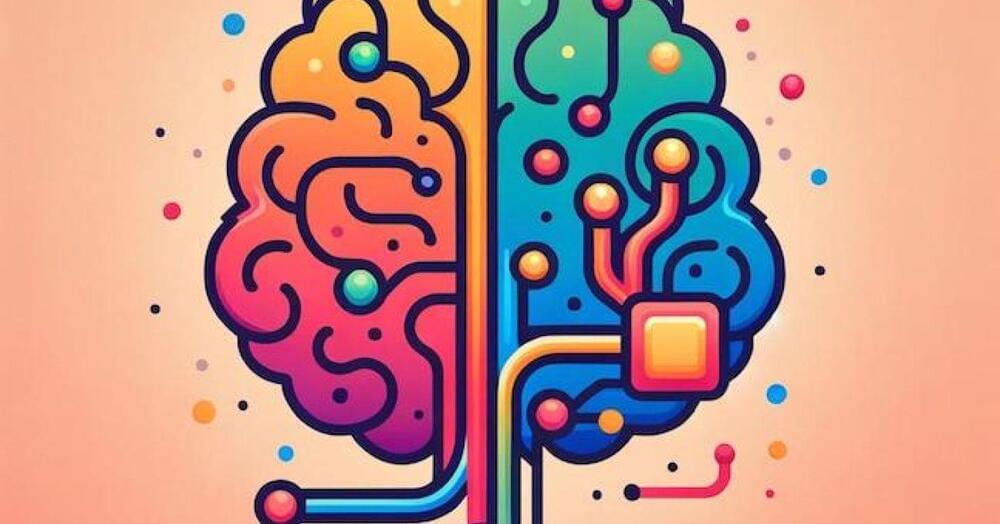Results from phase two clinical trials at UT Southwestern Medical Center showed that a suspension of gold nanocrystals taken daily by patients with multiple sclerosis (MS) and Parkinson’s disease (PD) significantly reversed deficits of metabolites linked to energy activity in the brain and resulted in functional improvements.
The findings, published in the Journal of Nanobiotechnology (“Evidence of brain target engagement in Parkinson’s disease and multiple sclerosis by the investigational nanomedicine, CNM-Au8, in the REPAIR phase 2 clinical trials”), could eventually help bring this treatment to patients with these and other neurodegenerative diseases, according to the authors.
Gold nanocrystals suspended in a water buffer represent a novel therapeutic agent developed by Clene Nanomedicine for neurodegenerative conditions. This nanomedicine, called CNM-Au8, is being investigated to treat patients with multiple sclerosis and Parkinson’s disease in clinical trials at UT Southwestern. (Illustration: Random 42/Source: Clene Nanomedicine)









